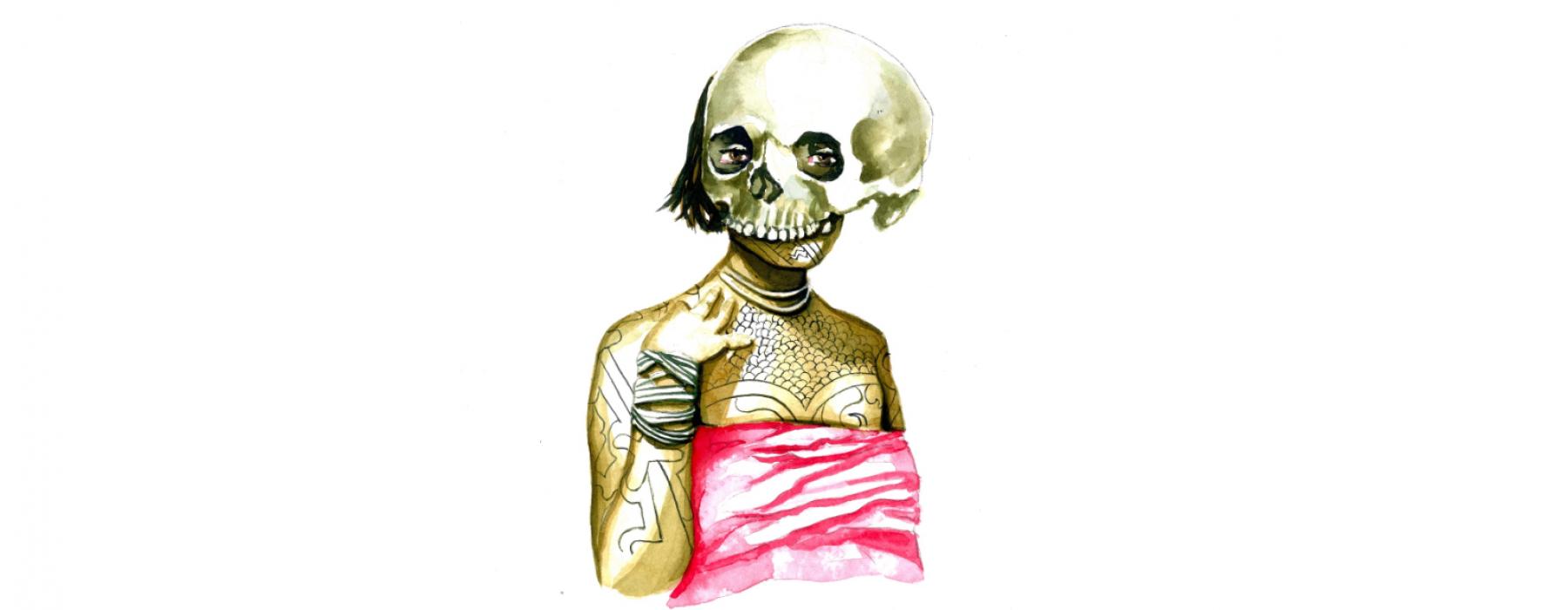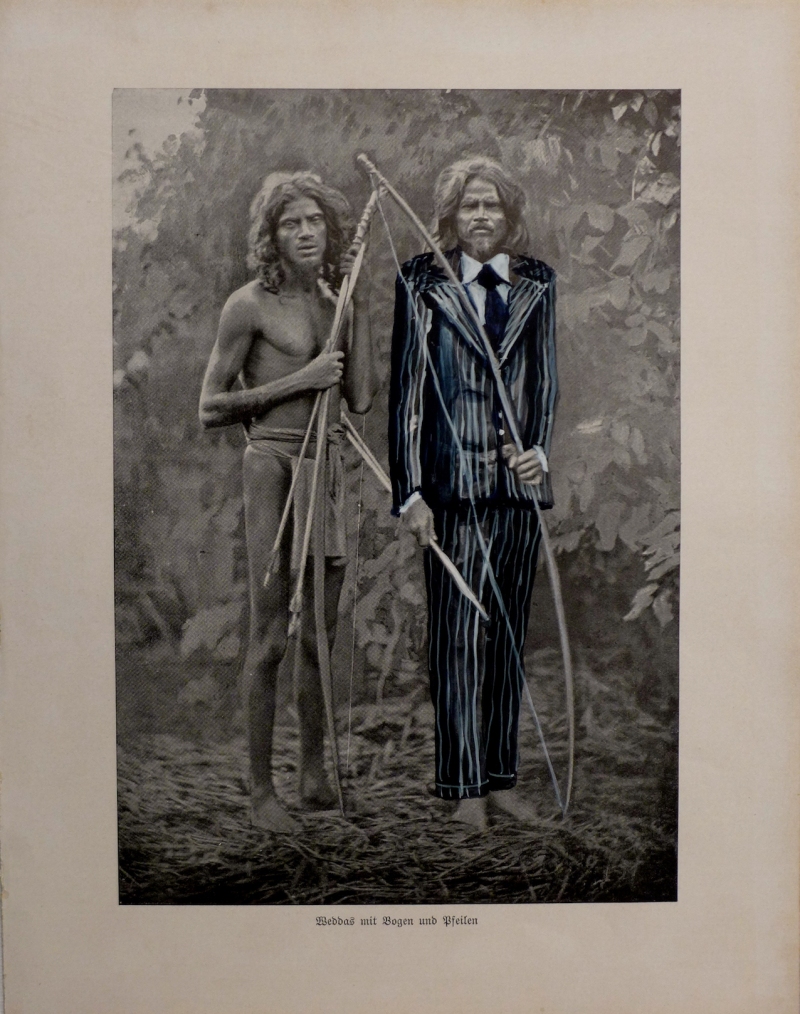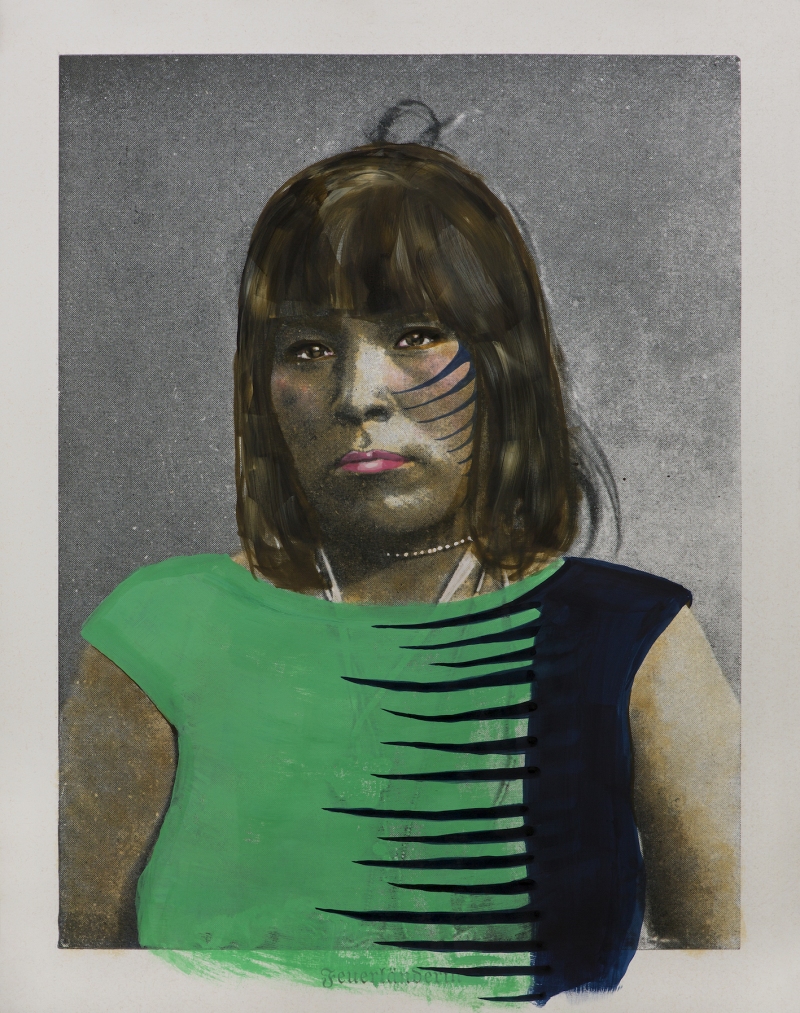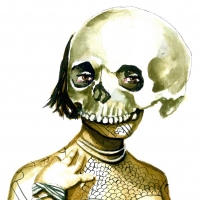

1. Excerpted from Department of Defense Document 003146, derived from the ACLU Torture FOIA documents, describing Iraqi and Afghan men killed in American military prisons and subjected to autopsies; from the project, Did You Kiss the Dead Body?
I sit in the audience at the conference, Reckoning with History, and start having what could be called a hysterical physical response. I’ve experienced this before in ethnographic museums. The last time this happened I was at the Weltmuseum in Vienna attending the opening of my exhibition, Staying With Trouble. My right eye begins reacting to the conference presentations with violent impatience. Twitching uncontrollably, I try to will it into submission. The result is failure. My body rebels even as I try to perform the role of the good audience member, erect and frozen posture, silent, notebook in hand. I am waiting to recognize the concepts being thrown around with one dispassionate gesture after another. Colonialsm, Ethnography and Musuems -mantras mumbled into the microphone. Where theft and the most barbaric orders of violence once dwelled, there are only empty linguistic markers left, devoid of any recognizable meaning. Are we talking about the same thing? I feel a scream building in my belly which I quickly suppress and transform into the familiar taste of acidity and bitterness.

2. Ibid
As an artist, I delve into histories we’d rather not remember, histories of brutal violence that lay beneath our feet but are skillfully ignored. I immerse myself into these histories only to frequently experience nausea, grief and rage. I have physical symptoms as well. Shortness of breath, clenched stomach, tightening of my chest and lungs, dizziness, rapid heart rate - all the physiological responses to a fear-induced, fight or flight response. It is our survival that is at stake in these archives, in these museum collections and in the representation of our histories. To experience history as an embodied subject that can invade your deepest interior spaces, means to transcend representation and move into the realm of somatic experience.

3. Ibid



